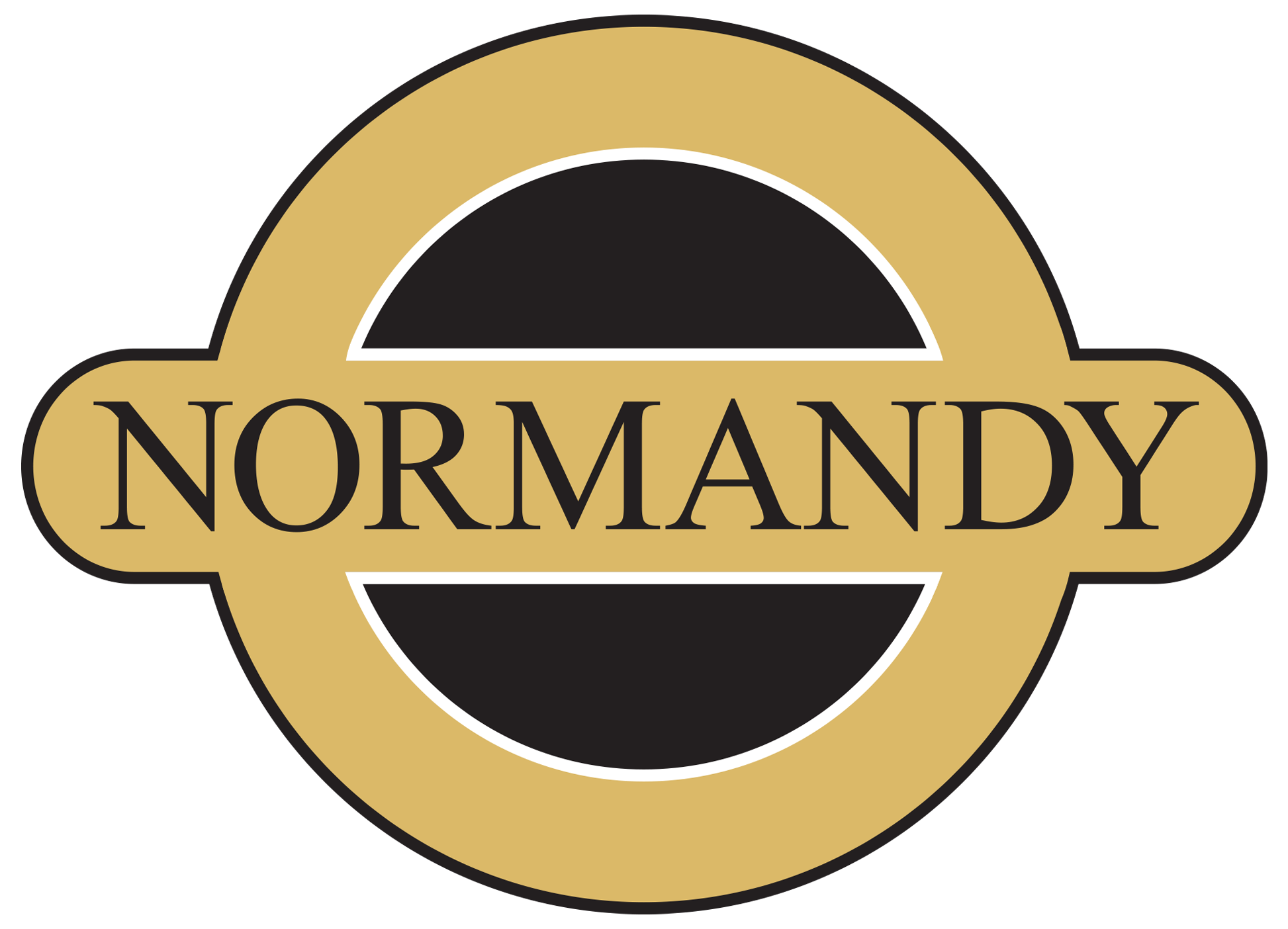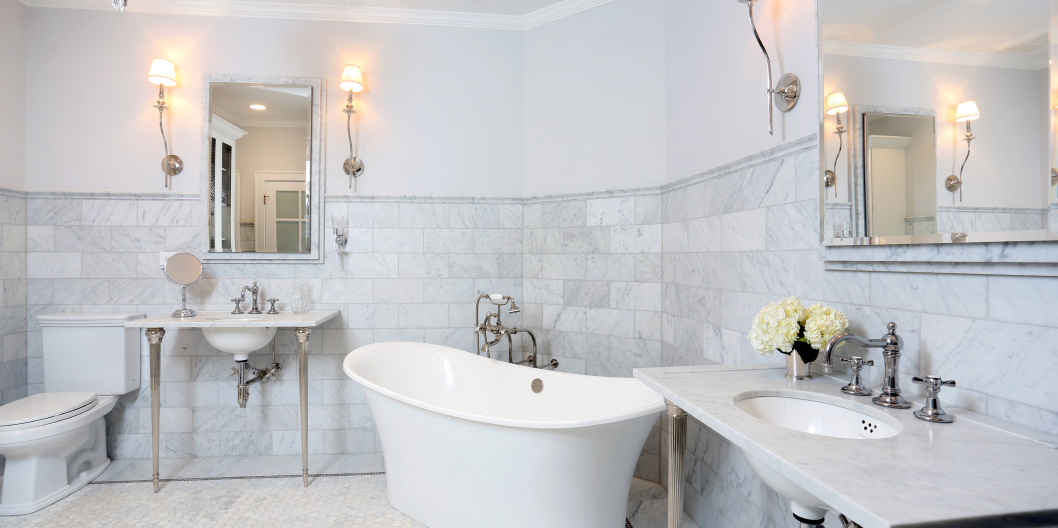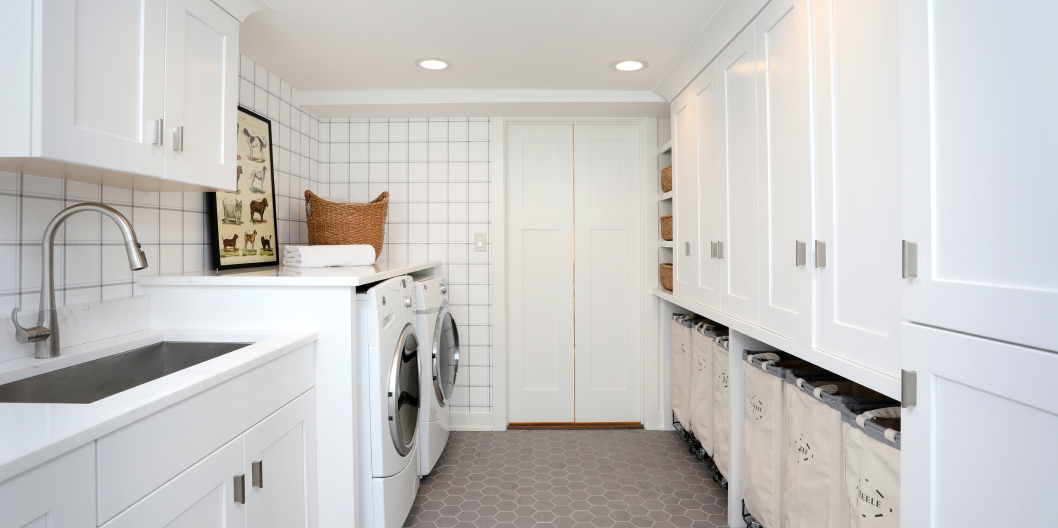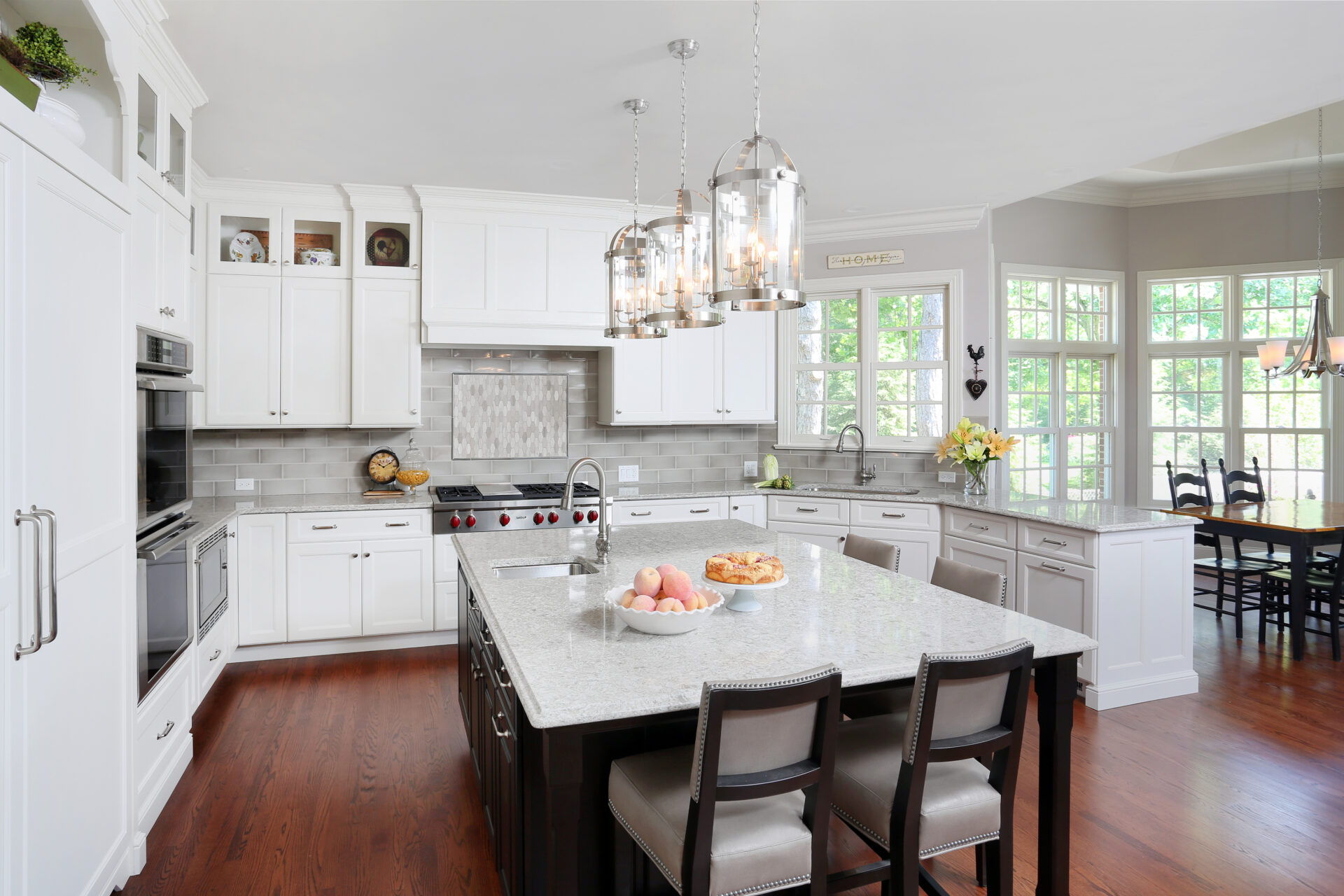What We Do
Normandy is a design build remodeler, specializing in home additions and major home remodels. We work with our customers to create conceptual drawings that suit their needs, then we convert them into architectural blueprints, and finally we build the solution that we planned together. You can learn more about our process, see where we’ve done work near you, or look through some photos of real projects we’ve completed for Chicago area families.
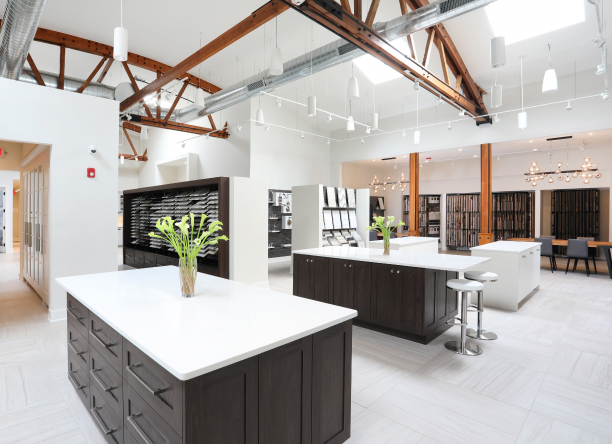
What is Design Build?
Get everything you need for your project under one roof. With a single point of contact, you can design your home addition or remodel, get architectural blueprints, source all the materials for your home, and get the entire project constructed. Learn more about why we think Design Build is the best option for remodeling your home.
What is Design Build?Get Smart Before You Start
Reviews
As with all partnerships, it’s important to seek references and read reviews before you start. Feel free to browse through our inventory of satisfied clients to ensure that Normandy Remodeling is the right fit for your project.
Remodeling FAQs
Looking for answers? Start with our most frequently asked questions here, or visit our FAQ page for the full list.
Read More FAQs
How much does it cost?
“How much does it cost” is arguably the most common question we encounter when people are contemplating a remodel. Unlike many of the other things you can purchase these days, remodeling doesn’t lend itself to being easily comparison shopped, and seemingly small changes can have a big impact on the price. While we can’t give you a firm price without actually working through a design with you, there are some tips that might help you figure out which ballpark you’ll find yourself for your addition or remodel.
One great resource you can reference is Remodeling Magazine’s most recent Cost vs Value report. They are an independent industry publication that surveys many different companies to determine the average cost of a remodel for different areas. This means you’re not getting numbers for your specific project, but you also don’t have any bias to consider when looking at general prices.
If you get a price for your project that doesn’t align with your budget, it is worth having a conversation with the person who created the design to see if there are places to adjust the scope or the materials so that you can get closer to a solution that you love, at a price you can afford.
How much does it cost to remodel a kitchen?
The price of a kitchen remodel varies substantially based on the size of the kitchen, age of your home, and the finishes you choose. It’s possible then to have a very expensive small kitchen, or a very affordable large kitchen. There are some useful resources that can be helpful in determining a possible cost range for your kitchen. Remodeling Magazine provides some useful insight by surveying remodelers across the country, then providing specific regional data for how much a kitchen might cost. Their annual Cost vs Value report is cited often by national media outlets, with current cost ranges for a major midrange kitchen remodel tending to be somewhere between $80,000 and $100,000.
How much does it cost to remodel a bathroom?
Bathroom remodels will consistently surprise you with their price. Since they are small in scale, there’s an expectation that the cost would be proportional to the size of the room. But, given that much of the expense of a remodel lies in the labor cost, the only true savings for the size is often in the tile floor or perhaps the cabinetry. In fact, a bathroom remodel requires just as many skilled tradespeople as a kitchen and has expensive fixtures and elements in the space. According to the national survey done by Remodeling Magazine in their Cost vs Value report, it’s not uncommon for a primary bathroom (previously referred to as the master bathroom) in the Chicago area to cost in the neighborhood of $92,000 to remodel.
How much does a home addition cost?
The varied price for a home addition is perhaps one of the most understandable to be difficult to pin down. Aside from the size of the addition, it matters what will be going in that new space. For example, a new bathroom or enlarged kitchen will cost more than just expanding a family room, simply because there are more materials in the room that’s being built. If your addition will include a kitchen or a bathroom, you may want to consider the prices we’ve shared for how much it costs for a kitchen or a bathroom remodel, to be used as a starting point. Some spaces are so commonly chosen as home additions though, that our friends at Remodeling Magazine cover them in their annual Cost vs Value report. They suggest that a midrange primary suite addition that includes a bedroom, bathroom and closet may cost $202,757.
How do I pay for a remodel?
Cash
Arguably the most straightforward of all the payment options, paying for your remodel with cash, or more likely with a check, means you’ve saved up to cover the cost of the renovation. You simply make payments at the various milestones as your project is completed.
HELOC
A Home Equity Line of Credit (also known as a HELOC) is very similar to a Home Equity Loan. A bank will evaluate the amount you still owe on your mortgage, compared to your home’s value. They typically will allow you to borrow 80-90% of your home’s value, less what’s owed for your existing mortgage, and the difference will be your available Home Equity Line of Credit.
For example, let’s say your home is valued at $500,000 and you owe $250,000 on your mortgage. If you take 80% of your home’s value ($500,000 * 80%) that gives you a total amount available to leverage of $400,000.
Subtract the remaining mortgage balance ($400,000 – $250,000) and you find that your total available Home Equity Line of Credit is up to $150,000.
HELOC’s are typically a 10 year term and you only are required to pay the interest during that term, and only for the funds you have drawn from the line. At the end of 10 years you can either pay off the entire balance, roll it into a refinance, or re-apply for another line of credit. Your financial provider can give you more details about this option, but this general overview can help you create some “back of the napkin” math to figure out how much you might have available for finding a remodel.
Cash-Out Refi
A Cash Out Refinance allows you to leverage the equity you’ve built up in your home and create a new mortgage at a higher dollar figure, receiving a check for the difference between your old mortgage balance due, and the new one.
This is similar to a HELOC, except in this example the cash is paid out all at once, you get a new single mortgage, rather than a secondary loan in addition to your mortgage, and you pay interest on the entire amount right away. You can typically create your new mortgage up to 80% of your home’s value, similar to other types of loans.
So, for example, let’s say your home is worth $500,000. If you opted for this type of refinance, you could refinance and get a new mortgage up to 80% of that value, or $400,000. If your prior mortgage balance was $300,000, then the bank would give you a check for $100,000 and your new mortgage would be in place.
Construction Loan
Of all the financing options, the Construction Loan is the only one that takes into account the future value of your project when determining the funds available to borrow. Construction loans allow you to take the current value of your existing home, plus the likely value of your home after the improvements and borrow according to the likely future value. This makes construction loans a good fit for projects that add square footage, or bedrooms or bathrooms, since these will tend to increase your home’s value directly more than say, updating your kitchen. Let’s do an example to illustrate the point.
If your home is worth $500,000 today and you owe $400,000 on your mortgage, you would likely not be able to refinance above that 80% threshold to gain funding for an addition. However, if you are considering an addition that will likely make your newly remodeled home worth $700,000, choosing a Construction Loan may create opportunities for borrowing funds that would otherwise be unavailable. At a new home value of $700,000, you could likely create a mortgage at 80% loan to value which means you could borrow $560,000 ($700,000 * 80%). If you subtract your existing mortgage from that total ($560,000 – $400,000) that would leave you with up to $160,000 in funds available to pay for the addition.
While it likely would not cover the entire expense of the addition, it certainly creates options for covering the cost that would not have otherwise been available. Construction loans are a bit more complex than other types of lending options, so it’s important to talk with your lender to make sure you explore all the facets of your financing options before choosing a loan that’s right for you and your project.
Do you offer financing options?
While we do not offer financing, we have partnerships with several lenders who are able to help you find the right financing solution for your project. Whether it be through a Home Equity Loan or Line of Credit, a Construction Loan, or a Mortgage Refinance, we are able to help connect you with the resources you need to find the proper financing for your remodel or home addition.
